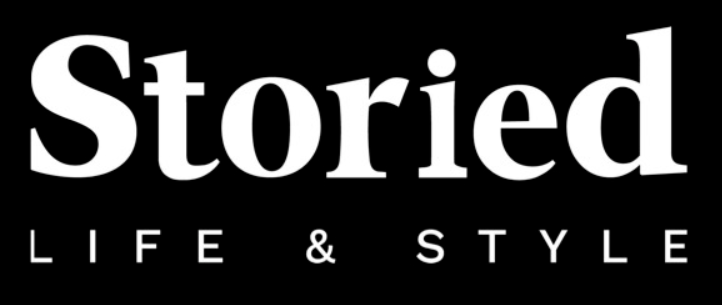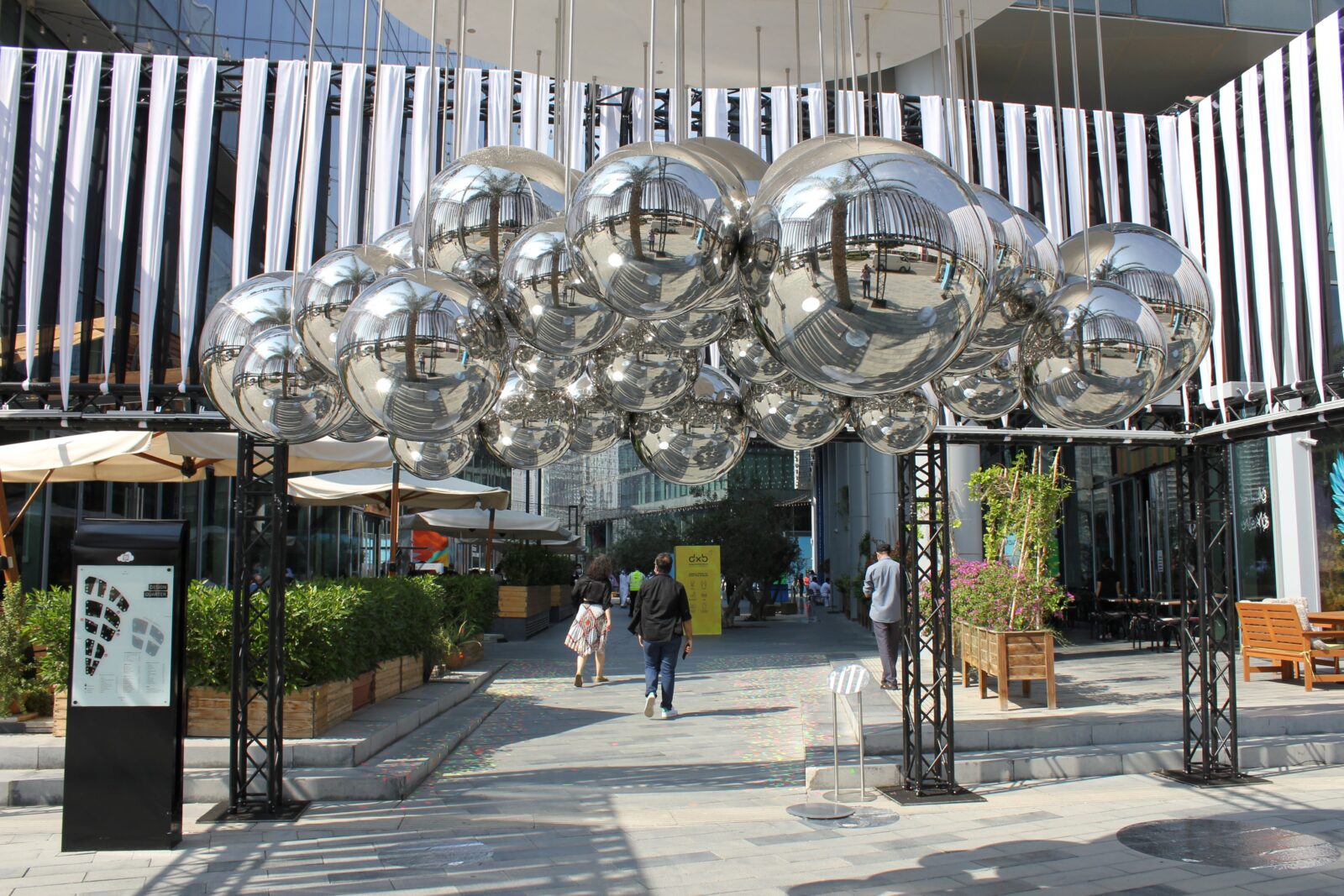
Locations
Think you know Dubai? It’s not all soaring spiral towers and air-con shopping malls. Its Design District is where the new noise is, and it’s redefining the Gulf city into a global hub for creative talent.
But let’s start with where Dubai began: a mangrove swamp on the Persian Gulf that became, by 1580, a pearl-fishing port attracting traders from Venice and elsewhere beyond the Arab world. Along the creek in old Dubai, the souk still welcomes sellers of gold from India, frankincense from Oman and saffron from Iran. Free trade runs through Dubai’s veins.
When the United Arab Emirates, of which Dubai is part, was formed in 1971 and independence from Great Britain concluded, the upward commercial trajectory we recognise today began. Now, with that profile established, Dubai has begun focusing on projects to fashion its identity beyond the financial, towards the internationally cultural.
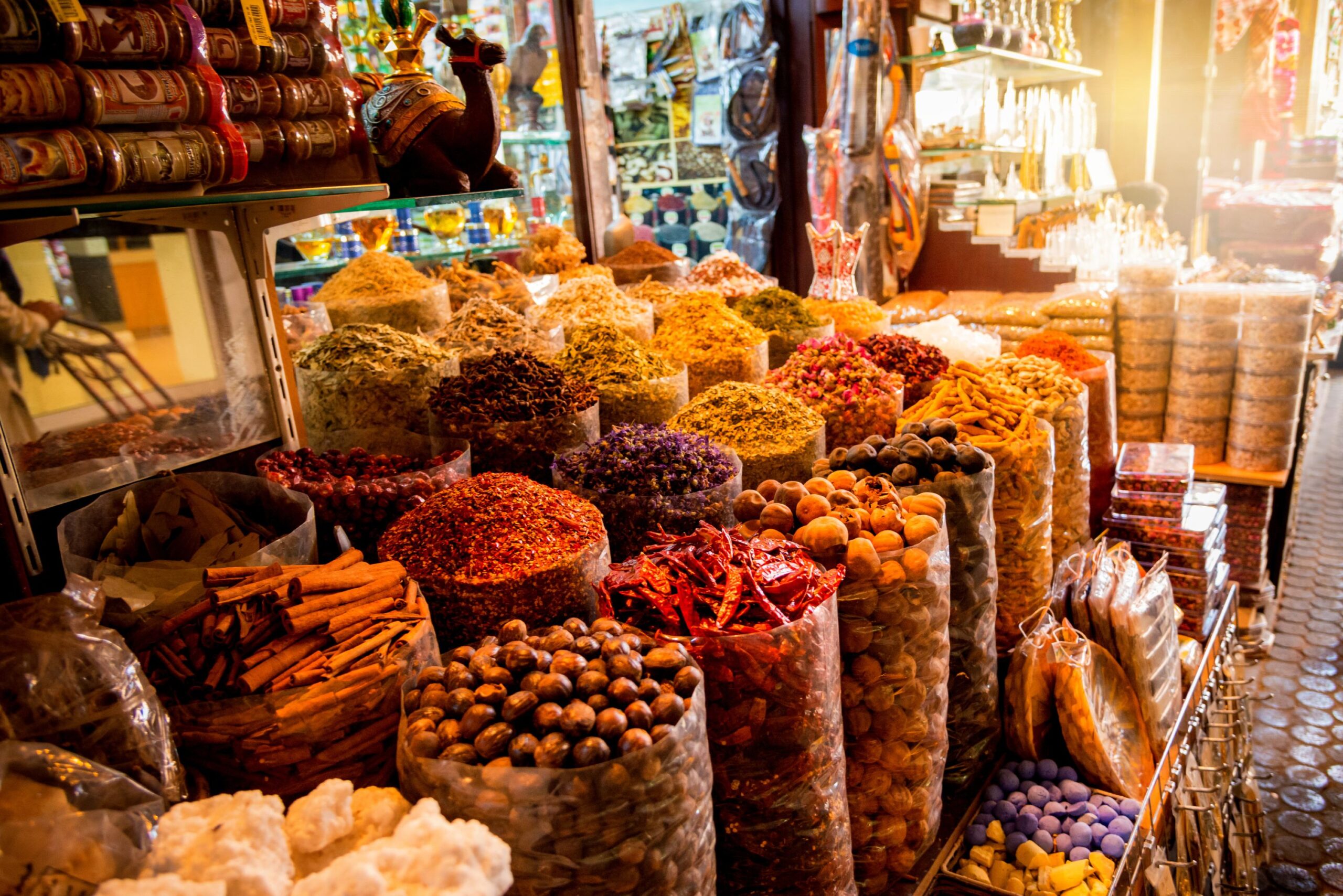
Springing up
The Dubai Design District (d3 for short) is one such initiative. Established in 2013, the aim was to foster a creative neighborhood from scratch in a patch of Arabian desert. Sceptical voices wondered how a vibrant cultural hub could spring up ready-made and rival long-established centers such as Paris, Beirut, Milan, New York and London, with their centuries of artistic expression.
Where there’s political will and financial heft there’s a way. Employing some of the world’s best architectural and engineering firms to shape the look and feel of the d3 district quickly brought credibility to the ambition. German sustainability guru Werner Sobek and team developed the first eye-catching structure in 2016, a pulsating, edgy grid of glass housing a variety of showrooms, flexible office and exhibition space and communal working facilities.
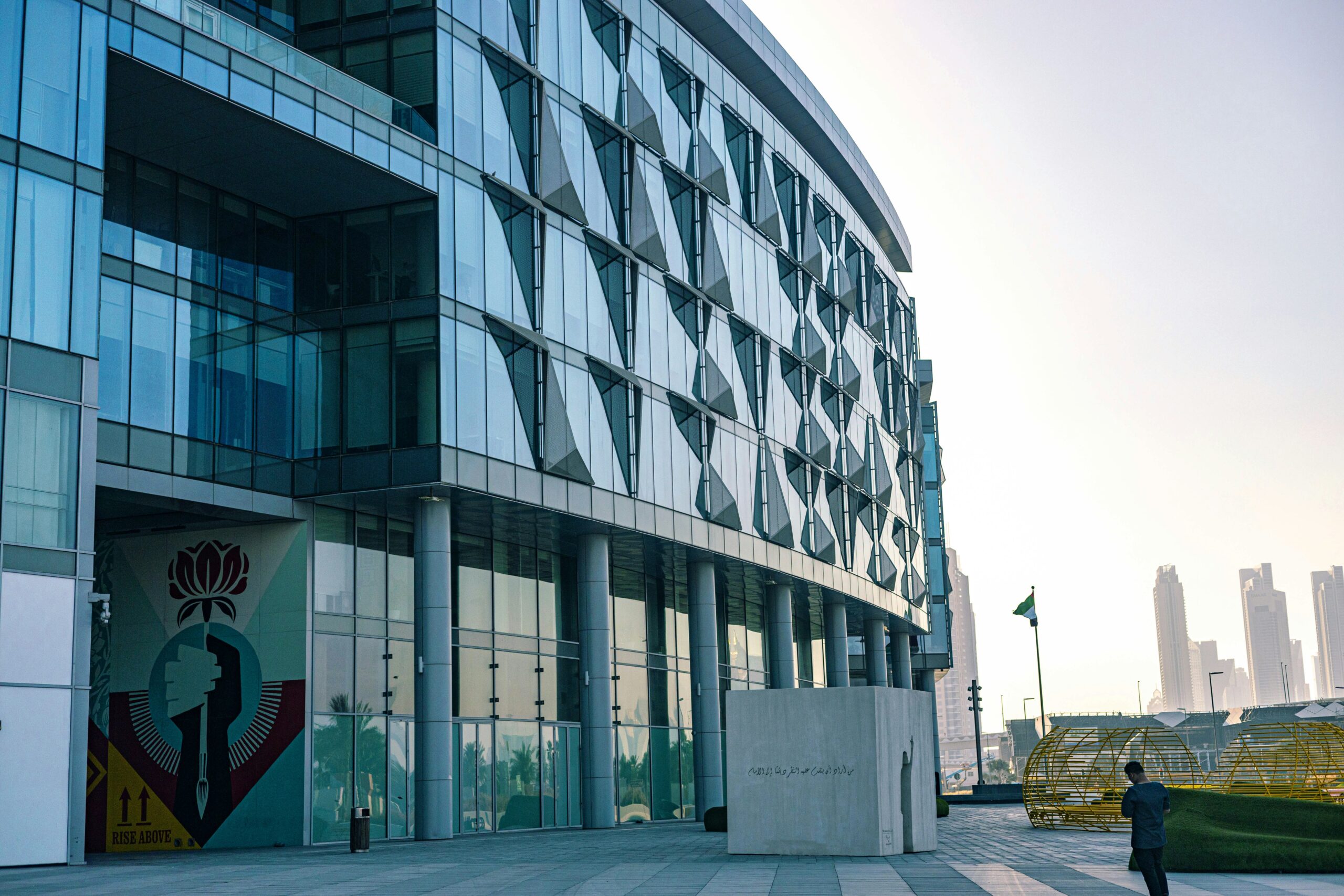
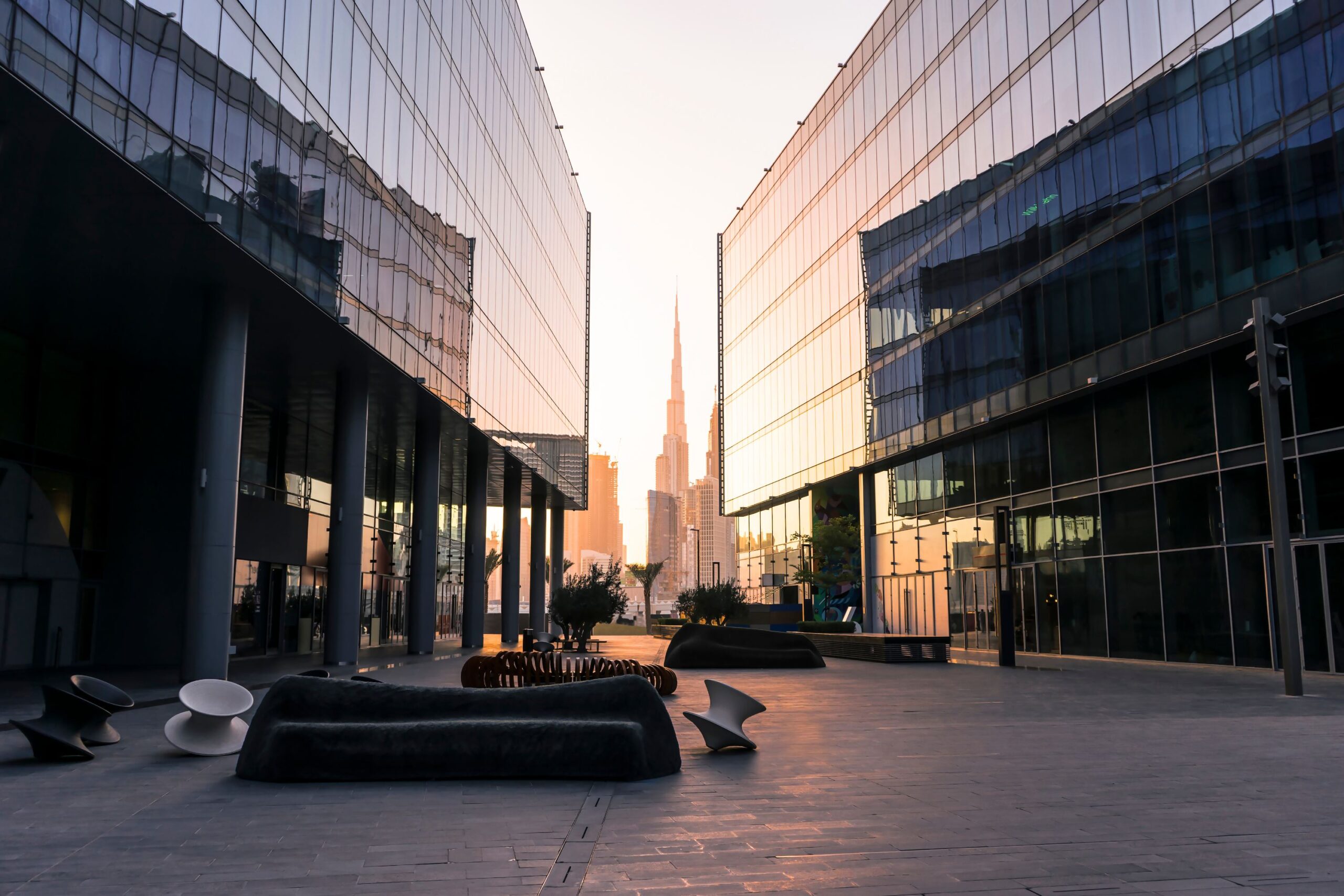
Heatherwick Spun stools invite visitors to relax and interact in the d3 art market – the perfect seat for a clear view of the Burj Khalifa. (Shutterstock)
So far so predictably tier-one luxe, perhaps. But the real raison d’être driving d3 is to act as an incubator for emerging regional and local players in design, art and fashion. It’s innovation and adventure that matter. A spirit of freedom informs the initiative: “We not only welcome, but enable disruptive thinking to create a world of endless possibilities,” the d3 website reads. So while inspiring local talent is a central purpose, so is staging major events from outside the region. Dubai Design Week hosted its ninth edition in d3 in October 2023, as did the Downtown Design Dubai fair, featuring a global list of exhibitors.
Several high-profile educational bodies have also come to d3. These include Dubai Institute of Design and Innovation, FAD Institute of Luxury, Fashion and Style, and most recently L’ÉCOLE, the Paris-originated School of Jewelry Arts, which opened in November 2023 on a permanent campus.
Staying put
Dubai today offers sophistication, culture and a design sensibility that might not be apparent from a distance or on first impression.
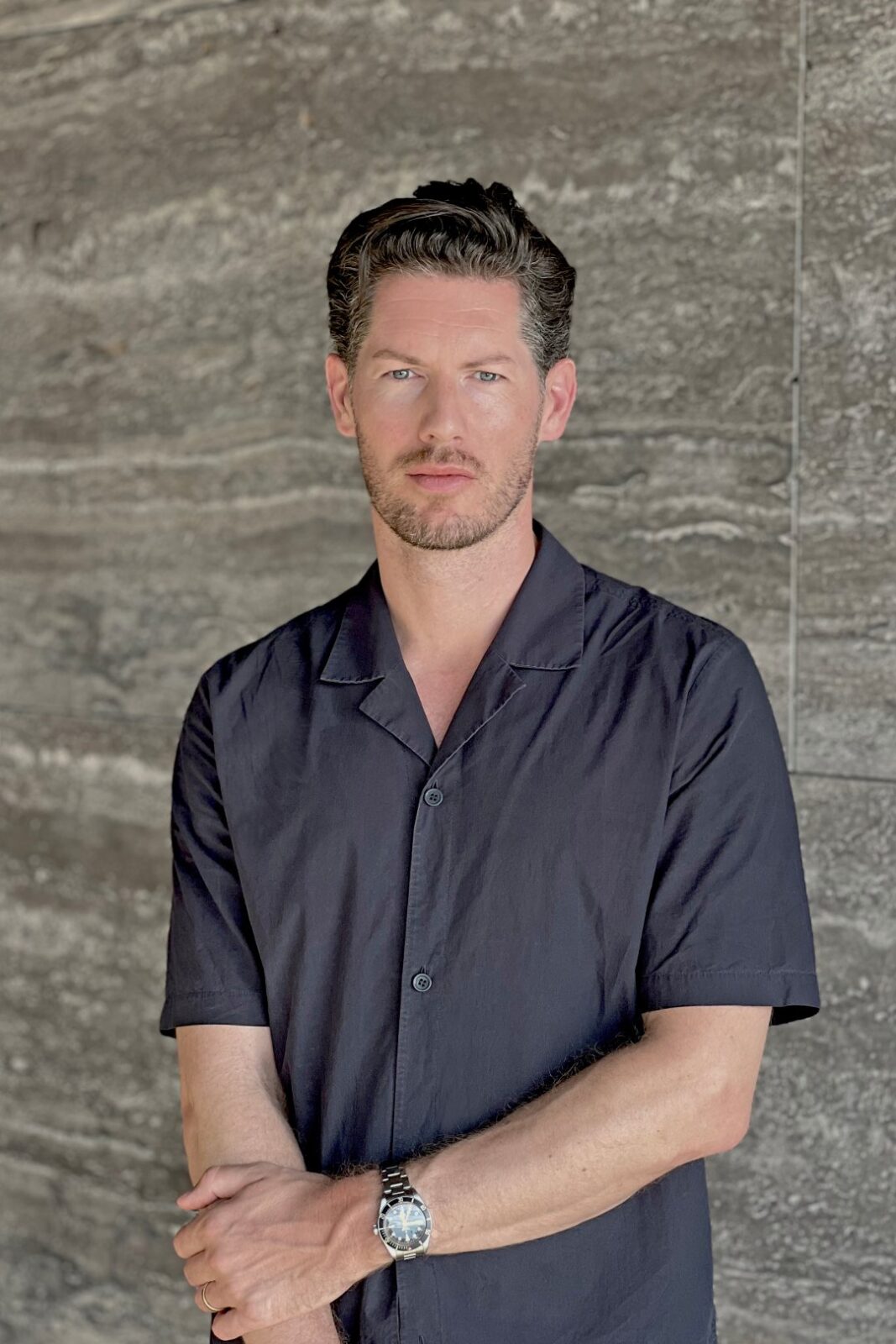
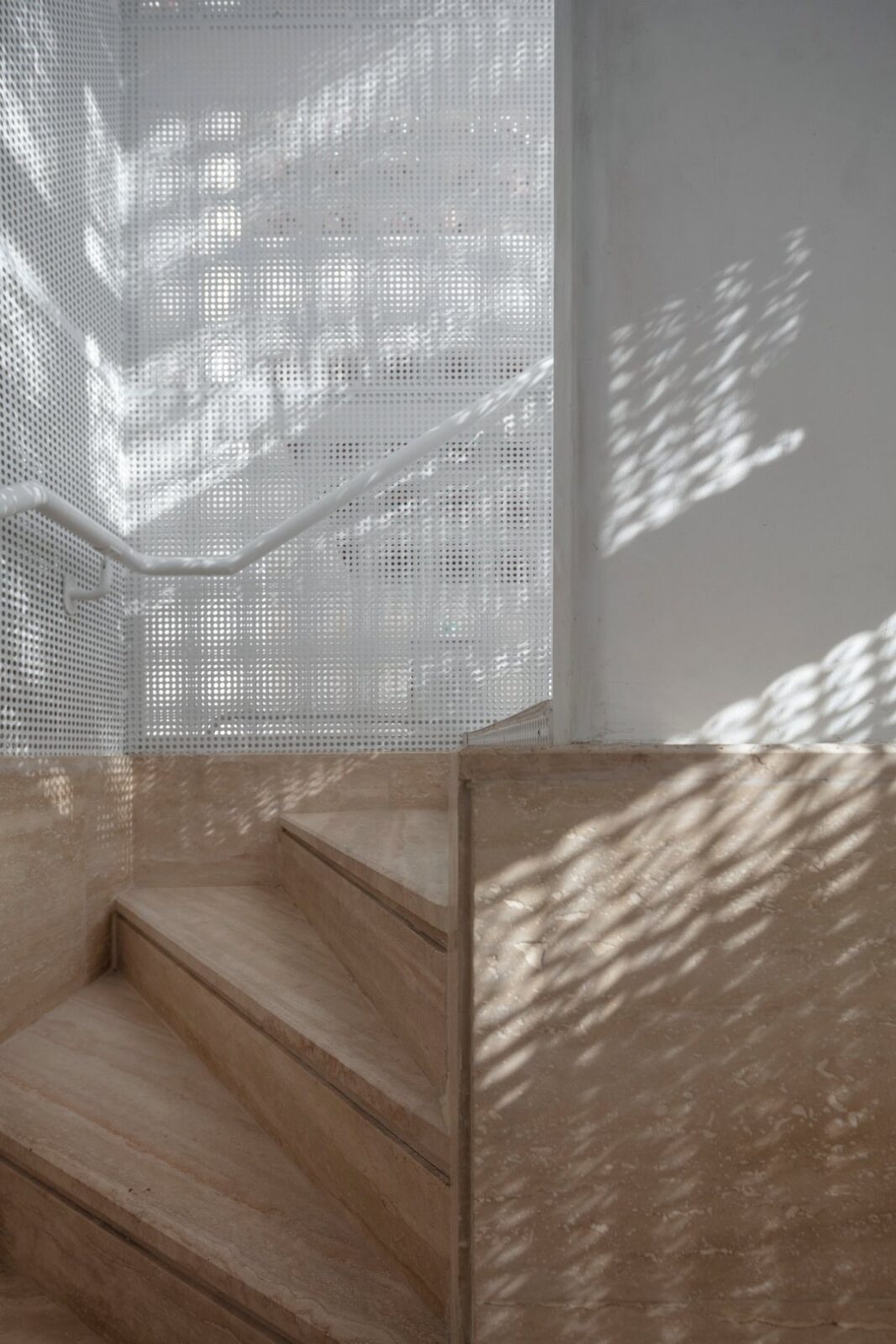
All this leads to a different sort of engagement with the place. Ashmore notices clients now bringing with them a desire for belonging, a desire to make the UAE their permanent, long-term home. “They take more care and attention in the creation of the buildings, places and spaces they want.”
High-profile creative hubs like d3 elevate design and creativity into the public consciousness. And when both government and private-sector investment is seen to be supporting the cause, it can only benefit the evolving quality of design and architecture in the UAE.
Which brings us back to Dubai’s mercantile past. d3 is a UAE freezone, helping companies to expand their reach and grow their business by granting them unrestricted trading opportunities with global and regional markets. If the past decade has solidified Dubai’s own authentic voice in the realm of architecture and design, what will the future hold? The next ten years promise much.
Topics in this article
-
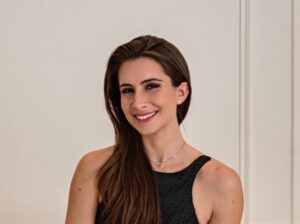
- Reporter: Rebecca Anne Proctor
- Rebecca Anne Proctor lives in Dubai and is the former editor-in-chief of Harper’s Bazaar Art and Harper’s Bazaar Interiors. Before joining Harper's, she edited the UAE edition of T: The New York Times Style Magazine. She is the co-author of Art in Saudi Arabia: A New Creativity Economy? (Lund Humphries, 2023)
